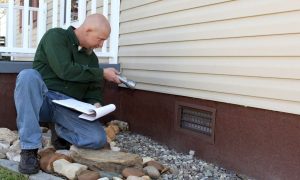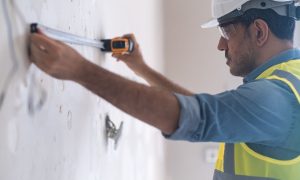Buying a home is probably the biggest purchase you’ll ever make. You want to be sure you’re making a good investment. I remember when my sister bought her first house in San Diego. She skipped the foundation inspection to save money. Big mistake! Six months later, she found cracks spreading across her living room walls. The repair bill came to over $15,000.
Your home’s foundation is literally what everything else sits on. Without a solid foundation, nothing else matters. Think of it like your health—you can have a beautiful home with amazing features, but foundation problems will undermine everything. Many buyers focus on kitchen upgrades or backyard potential. They forget to check what’s holding it all up.
Home inspections sometimes don’t cover foundation issues in depth. A standard inspector might spot obvious problems. But they often miss the subtle signs of trouble brewing below. That’s where specialized foundation inspections come in. Let’s explore whether you should get one before signing the dotted line.
What is a foundation inspection?
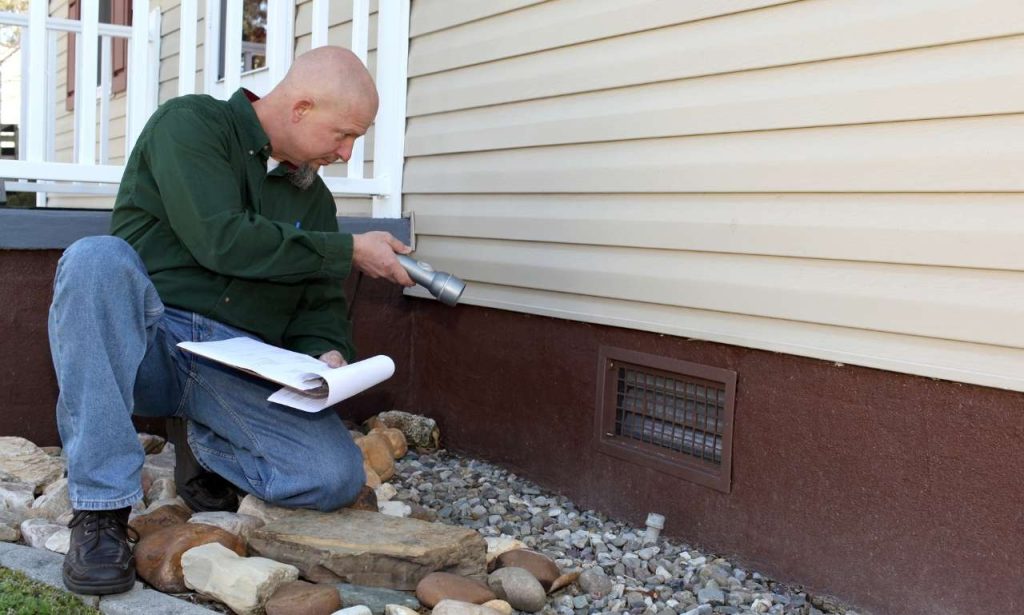
A foundation inspection examines your home’s structural base specifically. Unlike general home inspections, it zeros in on the foundation itself. The inspector checks for problems that might affect your home’s stability.
Structural engineers or foundation specialists do most foundation inspections. These folks know exactly what to look for. They’ve seen it all before and can spot trouble a mile away.
During the inspection, they’ll look at both the inside and outside of your home. They measure floor levels to check for sloping, examine walls for cracks, and look at the soil around your foundation. They check drainage patterns too.
Good foundation inspectors take lots of photos. They measure any cracks they find. Their reports explain issues in plain English, not technical jargon. You’ll know exactly what you’re dealing with.
Different houses have different types of foundations. Some have full basements. Others have crawl spaces. Many newer homes sit on concrete slabs. Your inspector will adjust their approach based on your particular home’s setup.
What are some signs that you should get your foundation inspected?
Visible Cracks in Walls or Floors
Let’s talk about cracks first. Not all cracks mean trouble, by the way. Homes settle naturally over time. This can cause small hairline cracks in drywall or even brick.
But some cracks tell a different story. Cracks wider than 1/8 inch need attention, as do cracks that are growing or changing shape. The pattern matters, too.
Vertical cracks usually aren’t too serious. They often happen as a house settles. Horizontal cracks? Those are red flags. They suggest that pressure is pushing against your foundation walls. Diagonal cracks often mean part of your foundation is sinking more than the rest.
I helped my sister house-hunt last year. We almost put an offer on a cute bungalow until I spotted zig-zag cracks running above the doorframes. The seller had painted over them, but you could still see the outline. We walked away fast.
Floor cracks can be even more telling. Check tile floors and concrete basement floors carefully. Some sellers strategically place rugs or furniture to hide these warning signs. Always peek underneath during viewings!
Uneven or Sloping Floors
Notice a marble rolling to one side when placed on your floor? That’s a bad sign. Uneven floors often point to foundation problems below. The same goes for doors that swing open or closed by themselves.
These issues happen when parts of your foundation sink at different rates. One corner drops lower than the others. The whole house tilts slightly as a result.
My neighbor Tom ignored his sloping kitchen floor for years. “Old houses just have character,” he’d joke. Eventually, his cabinets started pulling away from the walls, and his refrigerator wouldn’t stay level. By the time he fixed the foundation, the repair bill was huge.
The slope might be subtle at first. You might need a level tool to spot it. But foundation problems rarely fix themselves. They usually get worse with time. And so does the cost to repair them.
Sticking Doors and Windows
Doors that stick or won’t close properly drive me nuts. But beyond the annoyance factor, they might signal foundation trouble. Windows that once opened easily but now jam deserve attention too.
See, when your foundation shifts, it throws everything above it out of whack. Door frames twist slightly. Window openings warp. Suddenly, nothing fits right anymore.
Sure, humidity can temporarily make wooden doors and windows swell. But if the problem persists across multiple doors or windows, start worrying about your foundation.
My aunt blamed her “old house quirks” for the sticky doors for years. Turns out her foundation was slowly failing on one side. By the time she addressed it, the repair costs had doubled.
Water Damage and Drainage Issues
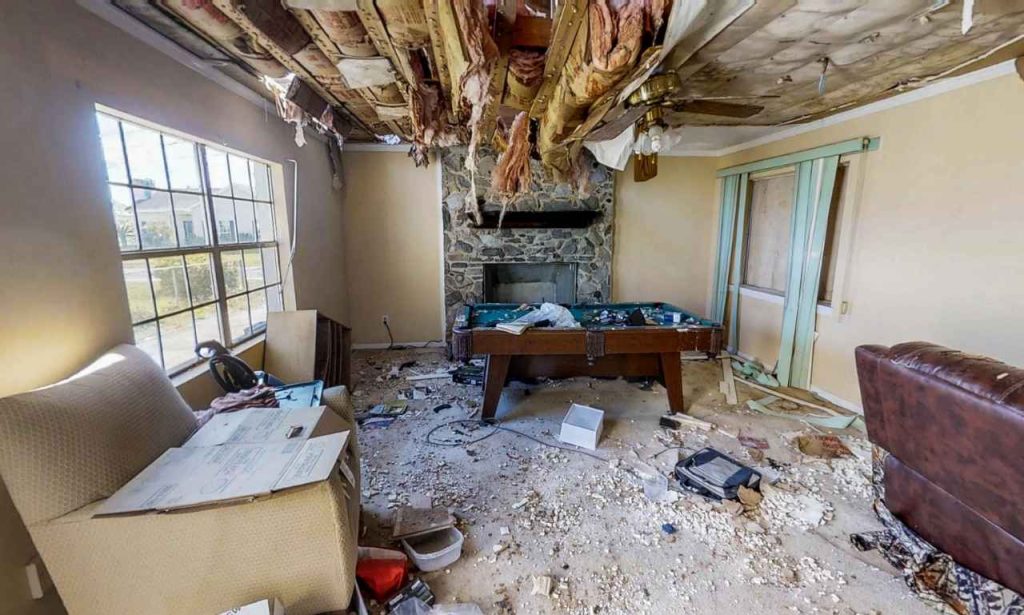
Water is your foundation’s worst enemy. Period. Poor drainage around your house can wreck even the strongest foundation over time.
After a good rain, walk around your house. Water should flow away from the foundation, not toward it. Puddles near your walls and water in your basement or crawl space spell trouble.
A college buddy bought a charming old Tudor-style house last fall. The inspector noted some dampness in the basement but didn’t seem concerned. Big mistake. The first heavy spring rain revealed the truth – water poured in through foundation cracks. The previous owner had painted over water stains to hide the evidence.
Water damage usually shows up as discoloration first. You might notice bubbling paint or warped baseboards. Musty smells often accompany foundation water issues. Trust your nose – it rarely lies about moisture problems.
How much does a foundation inspection cost?
Let’s talk money. Foundation inspections typically cost between $300 and $700, depending on your location and home size. My brother paid $350 for his inspection in Phoenix, and my cousin in Seattle paid $650 for roughly the same service.
If you hire a structural engineer, expect to pay more. Their fees often start around $500 and can hit $1,000 or more. However, their reports carry more weight with lenders and insurance companies. Sometimes, that extra authority is worth the cost.
I know what you’re thinking. “That’s a lot of cash just to look at my foundation.” But compare that to repair costs. Basic foundation fixes start around $4,000. More serious repairs can easily hit $30,000 or more. Suddenly, that inspection fee seems pretty reasonable, right?
Some sellers will cover the inspection cost if you ask. Your real estate agent can help negotiate this. Even if the seller refuses, the inspection is money well spent. It’s cheap insurance against a potential money pit.
How often should you get your home’s foundation inspected?
Do you already own a home? Most foundation experts suggest getting inspections every 3-5 years. Homes on expansive clay soils might need more frequent checks, while houses in stable soil conditions might go longer between inspections.
Have you just bought a place? Get a baseline inspection soon after purchase. This will give you a clear starting point. You’ll know exactly what condition your foundation is in now, making any future changes easier to track.
Some events should trigger immediate inspections. Have you had a flood or water issue? Get your foundation checked. Noticed new cracks after an earthquake or even nearby construction? It’s time for an inspection. Don’t wait for your regular schedule.
After the drought in 2018, my uncle’s house in San Diego developed several new cracks. The soil had shrunk so much that his foundation shifted. An early inspection saved him thousands in potential repair costs.
Should you get a home’s foundation inspected before buying?
Is water wet? Of course you should! Skipping a foundation inspection before buying is like skipping a test drive before buying a car. Sure, you might get lucky. But why risk it?
Foundation problems can be horribly expensive to fix. They tank your property value too. Who wants to take on that kind of financial risk? Not me, that’s for sure.
Think about the negotiating power a foundation inspection gives you. Find problems? You can ask for repairs before closing. Or you might negotiate a lower price. Sometimes, the smart move is walking away entirely. Better to know before you’re legally committed.
I’ve seen too many first-time buyers stretch their budgets to the breaking point. They have nothing left for surprise repairs. A foundation inspection protects these vulnerable buyers from financial disaster. It’s worth every penny.
What can be done to prevent foundation damage?
Proper Water Management
Want to protect your foundation? Start with water management. Keep water flowing away from your house, not toward it.
Clean your gutters regularly. Clogged gutters overflow and dump water right next to your foundation, which is bad news. Make sure downspouts extend at least 5 feet from your house.
Check the grading around your home too. The soil should slope away from your foundation walls. Many houses develop negative grading over time. This sends water straight to your foundation. Not good.
My sister fixed her grading issues with a couple of yards of topsoil and an afternoon of work. The total cost was about $100. Compare that to foundation repairs measuring in the thousands.
Consider French drains if you have serious drainage problems. These systems catch water and channel it away from your house. They’re especially helpful in areas with heavy rainfall or clay soils.
I installed extended downspouts last spring. Areas around my foundation that used to stay soggy for days now dry quickly. This simple fix might have saved me from future foundation headaches.
Consistent Soil Moisture
Keeping soil moisture levels steady around your foundation prevents problems. Soil that repeatedly swells and shrinks stresses your foundation badly.
During dry spells, consider using soaker hoses near your foundation. These provide slow, gentle moisture that keeps soil stable. Just place them about a foot from your foundation walls and run them occasionally.
I’ve seen foundation watering systems work wonders in drought-prone regions. These automated systems maintain optimal soil moisture around your home, and they’re especially valuable in areas with expansive clay soils.
Watch those trees near your house too! Tree roots can suck soil dry during droughts. This causes soil shrinkage and foundation settling. Some trees are worse than others – oaks, poplars, and willows are notorious water hogs.
My neighbor’s beautiful old oak tree destroyed his foundation over time. The roots drew moisture from the soil during a drought, causing his foundation to shift dramatically. The repairs cost more than removing the tree would have.
Regular Maintenance Checks
Simple maintenance routines catch foundation problems early. Walk around your house seasonally, look for new cracks, check that soil slopes away from your foundation, and make sure drainage systems work properly.
Got a crawl space? Check your foundation vents regularly. They should stay unblocked year-round. Proper ventilation prevents moisture buildup under your house. This protects your foundation from water damage.
Pay attention to interior warning signs too. Check door clearances and window operation. Notice any changes? Address them promptly. Early intervention usually means simpler, cheaper repairs.
My dad created a home maintenance checklist years ago. It includes foundation checks every season. This habit has saved him thousands in potential repair costs. Small problems never get the chance to become big ones.
When is the best time for a foundation inspection?
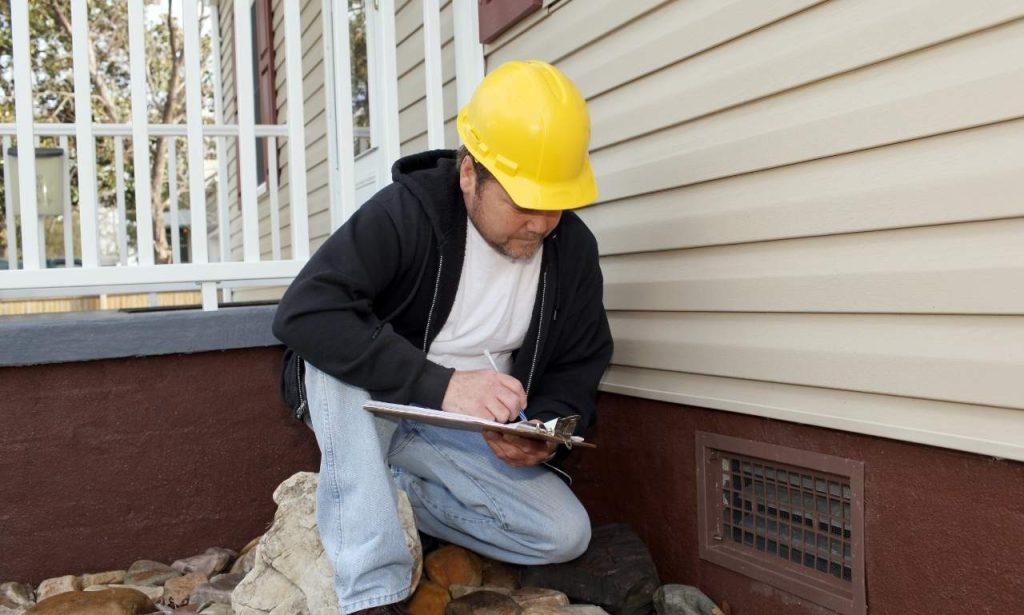
Spring is an ideal time for foundation inspections in most areas. Winter moisture makes problems more visible. Cracks often appear wider, and leaks become more apparent after seasonal rains.
Big weather events offer good inspection opportunities too. Heavy rains or long dry spells stress foundations. These periods make weaknesses easier to spot. Timing inspections after weather extremes improves their effectiveness.
For homebuyers, schedule the inspection during your due diligence period. This timing allows you to make informed decisions before finalizing the purchase. Your contract should include contingencies for inspection findings.
My cousin got his foundation inspection after three days of heavy rain last April. The inspector found water seepage that might have been missed during drier weather. This discovery saved him from a costly mistake.
Conclusion
Foundation problems don’t go away on their own. They get worse – and more expensive to fix. A proper inspection gives you the information you need to make smart decisions.
Foundation inspections provide crucial protection for homebuyers. Their modest cost delivers exceptional value compared to potential repair expenses. Think of it as cheap insurance against one of the most expensive home repairs possible.
My friend Jake wishes he’d gotten that foundation inspection before buying. His experience taught our whole friend group a valuable lesson. None of us will skip that step when buying homes in the future.
Your home should provide shelter and security, not stress and money troubles. Take the time to verify its foundation before committing. You’ll thank yourself for years to come. What you don’t know absolutely can hurt you—and your bank account.
Also Read: How to Sell Your House Faster
FAQs
Yes. Regular home inspectors often miss foundation issues. They don’t dig as deep as foundation specialists.
Most take 2-3 hours. Bigger homes might take longer. Complex foundation problems require more time too.
You can spot warning signs, but pros have special tools and training. They notice things most homeowners miss.
Usually not. Most policies exclude normal settling and foundation problems. They might cover sudden damage from plumbing leaks.
Ask your real estate agent for recommendations. Check online reviews. Make sure they’re licensed and experienced.

